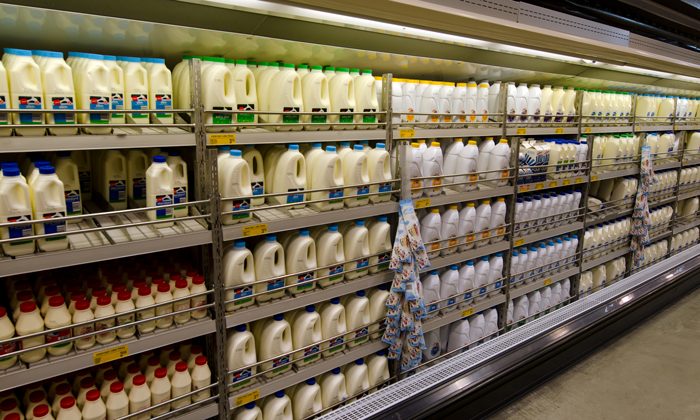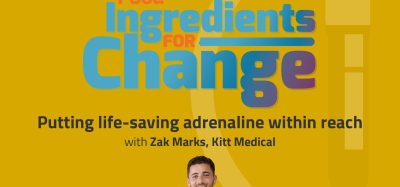High-intensity lighting causes a reduction of nutrients in dairy
- Like
- Digg
- Del
- Tumblr
- VKontakte
- Buffer
- Love This
- Odnoklassniki
- Meneame
- Blogger
- Amazon
- Yahoo Mail
- Gmail
- AOL
- Newsvine
- HackerNews
- Evernote
- MySpace
- Mail.ru
- Viadeo
- Line
- Comments
- Yummly
- SMS
- Viber
- Telegram
- Subscribe
- Skype
- Facebook Messenger
- Kakao
- LiveJournal
- Yammer
- Edgar
- Fintel
- Mix
- Instapaper
- Copy Link
Posted: 23 May 2019 | New Food Magazine | No comments yet
According to a new report, LED lighting on supermarket shelves is reducing the nutritional value of milk and shortening its shelf life.


The report, Milk: Light exposure and depletion of key nutrients by researchers at Newcastle University, shows that high-intensity lighting, such as that found in supermarket dairy cabinets, reduces essential nutrients found in milk, such as Vitamin A, Vitamin B2 (riboflavin) and Vitamin D.
These nutrients are important components of a healthy diet, helping to prevent disease and support growth, but most consumers are unaware that light can significantly impact milk quality, taste and nutrition.
“While milk is just one component of a healthy diet, it is an important one, providing people with many essential nutrients including vitamins, protein and minerals,” said Dr Catherine Birch, Newcastle University, School of Natural and Environmental Sciences. “Many people do not realise that exposure of milk to indoor light can have a detrimental effect. The damaging effects of light can be influenced by the light intensity and time of exposure, so longer exposure to light causes milk to deteriorate faster.”
After two hours of exposure to LED lighting milk begins to lose vitamin A. After 16 hours, it has half the amount expected. The report also shows that riboflavin can decrease by 28% after just 20 minutes of indoor light exposure.
With around half of all milk remaining on display for at least eight hours, a significant proportion of milk on retail shelves is at risk of light damage if it does not have any form of light-protected packaging.
“Our surveys indicate that UK consumers are increasingly concerned about the light damage issue in brands they love and trust, especially when nutritional content is affected, as is the case when dairy products are sold in inadequate packaging,” added Georgia Kollias, Vice President, Global Brand Development, Noluma. “Many consumers would choose light-protected milk for their families if they had that option so we’re encouraging retailers and manufacturers to give them that choice.”
The report notes there are solutions to this issue including packaging which is designed to be light-protected. Laboratory testing on milk found that while the light-protected milk retained almost all Vitamin B2 and lost 16% of Vitamin A, non-light-protected milk lost all Vitamin B2 and 93% of Vitamin A.
Related topics
Packaging & Labelling, Quality analysis & quality control (QA/QC), Refrigeration and freezing, Shelf life, Supermarket









